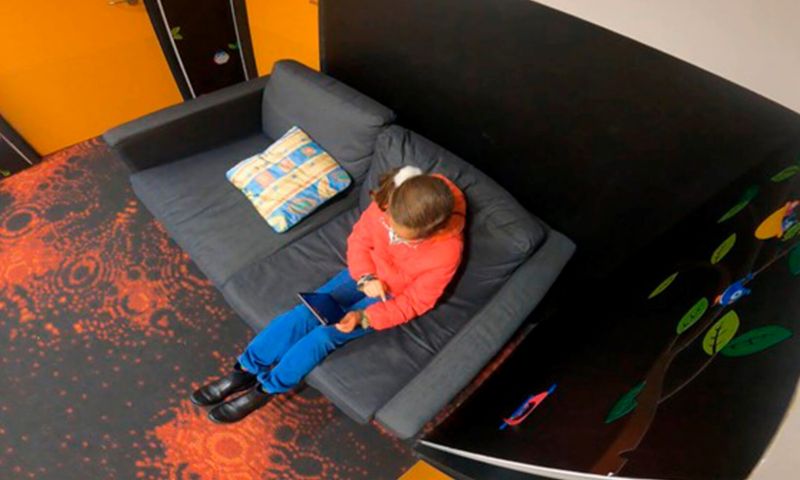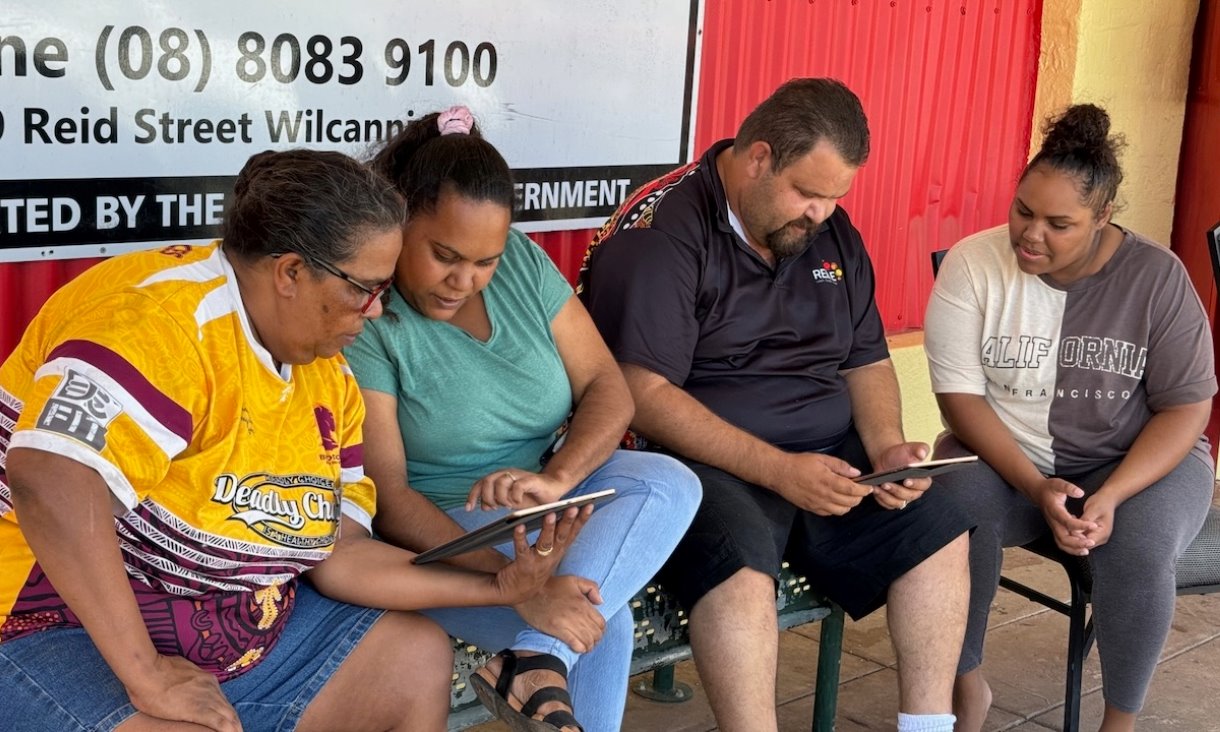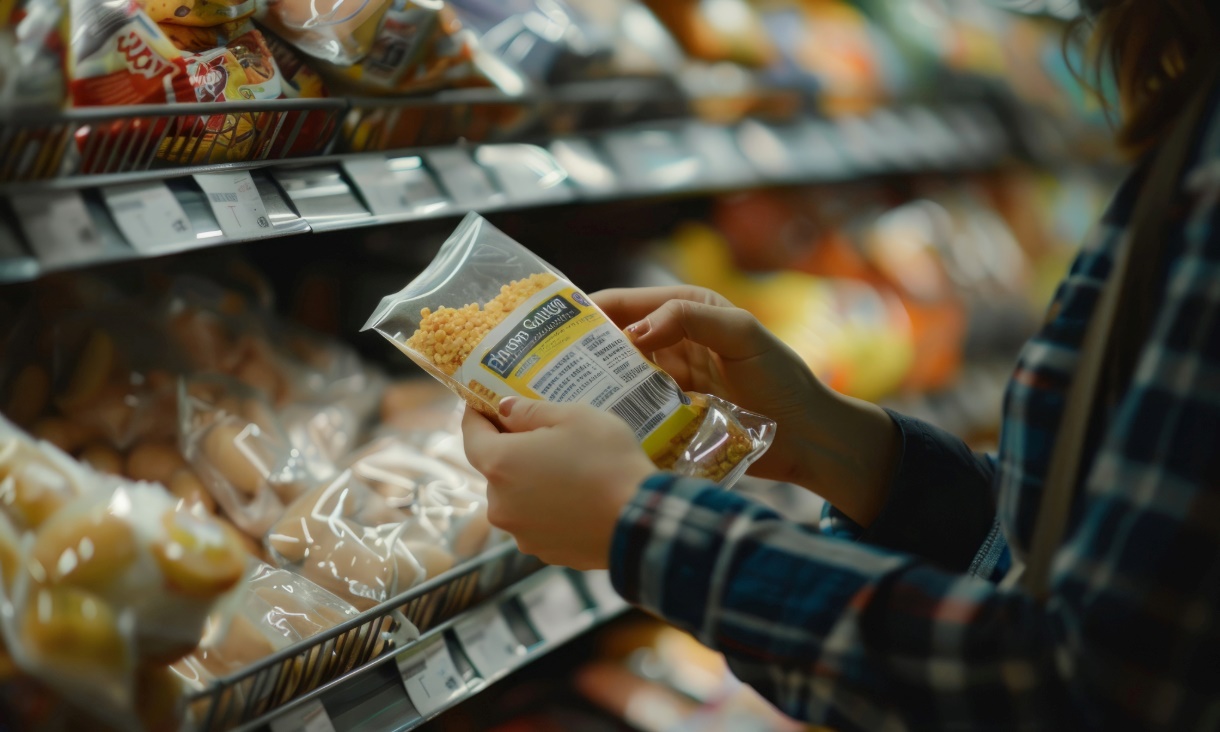Instead of channel surfing or browsing through a TV guide, Aussie kids today navigate complex streaming platforms and their algorithms to find shows, which is influencing their viewing habits, according to a new study of children aged 7 to 9.
Led by RMIT University researchers, the study involved talking to children, documenting their viewing habits and observing their daily routines.
RMIT’s Dr Jessica Balanzategui said most children tended to value algorithmic content recommendations, but they didn’t understand the underlying effects, including missing out on local content.
"Across research, policy and industry, we haven't fully addressed the implications of kids' screen time now being driven by children’s ‘on-demand’ viewing selections, which are mediated through algorithmic curation and platform interfaces,” she said.
“These are often driven by corporate strategies and interests that can restrict children’s access to the available local options.”
The research found US-based global streaming video platforms Netflix and YouTube were the most popular, which had flow on effects when it came to the children’s ability to find age-appropriate and local content.
RMIT’s Dr Djoymi Baker said platforms like Netflix and YouTube can operate as gateways to more mature content.
“Children sometimes saw platforms designed especially for them, like ABC Kids or ME, as skewing too young,” she said.
“Once habits form around more mature content it can be difficult to draw kids back to the local content that’s being made with them in mind.”
But among the children researchers spoke to, some assumed because they mainly watched YouTube and Netflix, they were only watching American content.
Even in cases when their favourite shows were Australian, they sometimes assumed they were American.
Child: "I watch a lot of American. […] They always show the flag and speak American. America’s a crazy place […] I do like American shows a lot, but not really Australian shows."
Researcher: "But what about Little Lunch and InBESTigators?" [two Australian shows the child had previously identified as his favourites].
Child: "Little Lunch is definitely American."
Researcher: "No, that one’s an Australian show!"
Child: [Physically recoils. Shocked pause] "Well… InBESTigators is American!"
Researcher: "InBESTigators is Australian too!"
Child: [Shocked pause] "WHAT!?"








